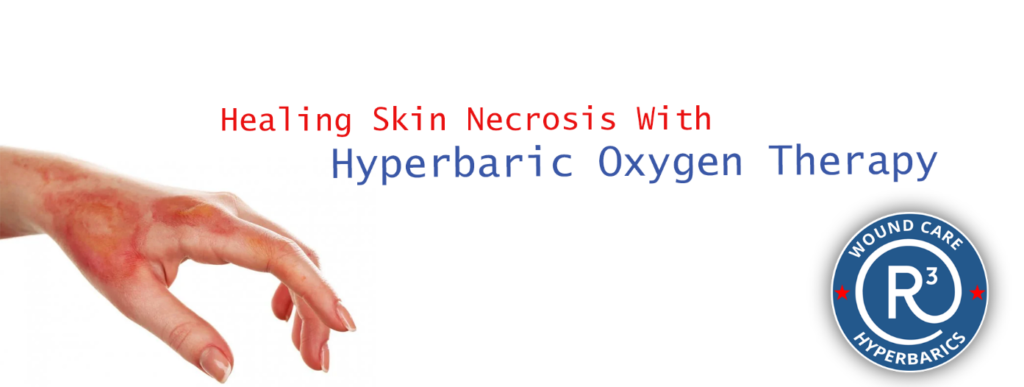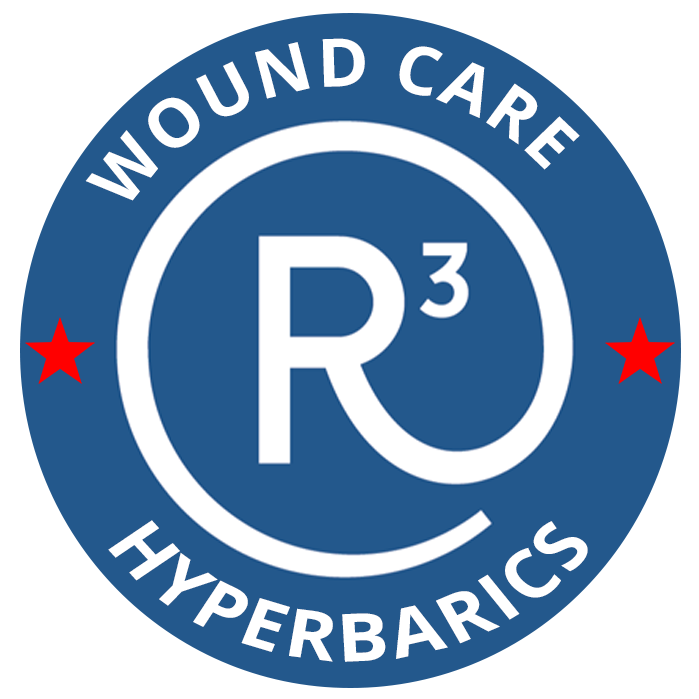
Skin necrosis is a severe condition characterized by the death of skin cells or tissue due to compromised blood supply. It can occur as a result of various factors, such as traumatic injuries, burns, infections, or underlying health conditions like diabetes and vascular diseases. Prompt and appropriate treatment is essential to prevent further tissue damage and facilitate healing. In recent years, hyperbaric oxygen therapy (HBOT) has emerged as a promising treatment option for aiding in the recovery of skin necrosis. Let’s delve into how this specialized therapy can contribute to healing the affected skin.
Understanding Hyperbaric Oxygen Therapy:
Hyperbaric oxygen therapy involves the administration of 100% oxygen in a pressurized chamber, allowing patients to breathe in oxygen at levels higher than atmospheric pressure. This increased pressure facilitates the dissolving of oxygen into the bloodstream, enhancing its delivery to tissues throughout the body, including compromised areas affected by skin necrosis.
How Hyperbaric Oxygen Therapy Helps:
- Enhanced Oxygen Delivery: HBOT significantly increases the oxygen levels in the blood, promoting oxygenation of the surrounding tissues and boosting their healing capabilities. Restoration of oxygen supply to the necrotic skin can mitigate tissue damage and improve wound healing.
- Angiogenesis Promotion: Skin necrosis often occurs due to impaired blood flow, leading to tissue death. HBOT has been shown to stimulate the formation of new blood vessels, a process known as angiogenesis. Revascularization of the affected area brings necessary nutrients and immune cells, reducing inflammation and providing a conducive environment for tissue repair.
- Antibacterial Effects: Certain skin necrosis cases are associated with infections that can delay healing and worsen tissue damage. Hyperbaric oxygen therapy creates an environment where harmful bacteria struggle to survive, as many pathogenic microorganisms are anaerobic and cannot tolerate high oxygen levels. By suppressing bacterial growth, HBOT decreases the risk of infection and promotes healing.
- Reduction of Edema: Skin necrosis often leads to the accumulation of excess fluid in the affected area, resulting in inflammation and further tissue damage. Hyperbaric oxygen therapy can help reduce edema by improving blood circulation and promoting lymphatic drainage. This assists in alleviating swelling, relieving pressure on tissues, and supporting the healing process.
- Collagen Production: Collagen is a crucial component of healthy skin, providing strength and structure. HBOT has been shown to stimulate collagen synthesis, which aids in the regenerative process and the formation of new, healthy tissue. By supporting collagen production, HBOT helps to restore the integrity of the affected skin.
A Summary of Skin Necrosis and HBOT
Skin necrosis is a serious condition that requires prompt and effective treatment to prevent complications and promote healing. With its ability to enhance oxygen delivery, promote angiogenesis, suppress bacterial growth, reduce edema, and stimulate collagen production, hyperbaric oxygen therapy offers valuable benefits for patients with skin necrosis. While it may not be suitable for all cases, consulting with a healthcare professional and considering HBOT as part of a comprehensive treatment plan can potentially improve outcomes and accelerate the healing process for individuals affected by skin necrosis.
Disclaimer: The information provided here is for informational purposes only and should not be considered as medical advice. Always consult with a qualified healthcare professional for proper diagnosis, treatment, and guidance regarding your specific medical condition.
